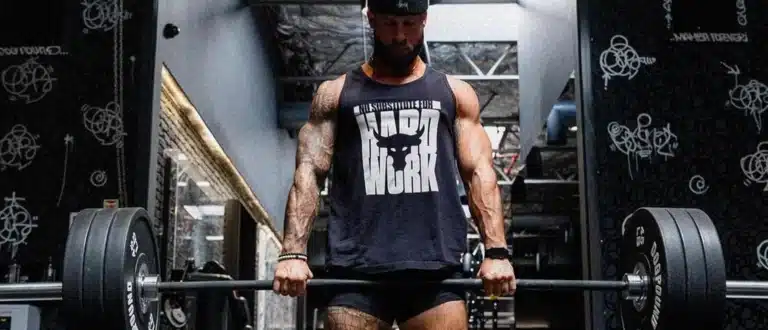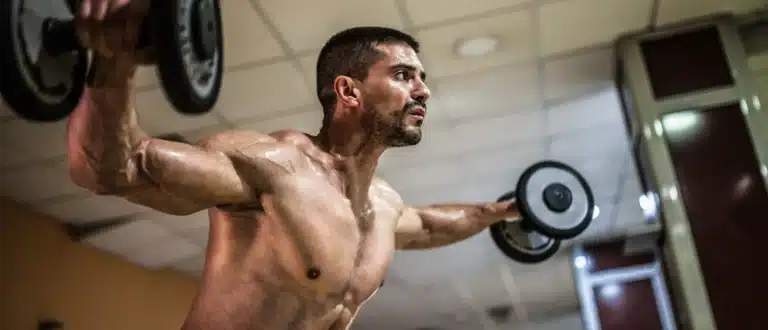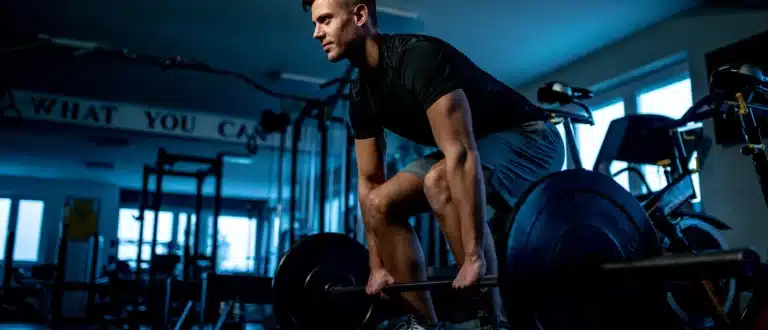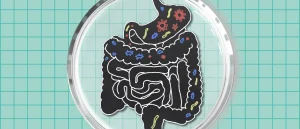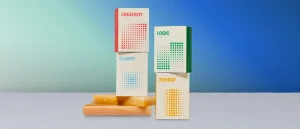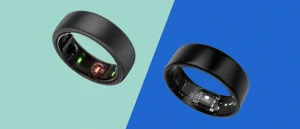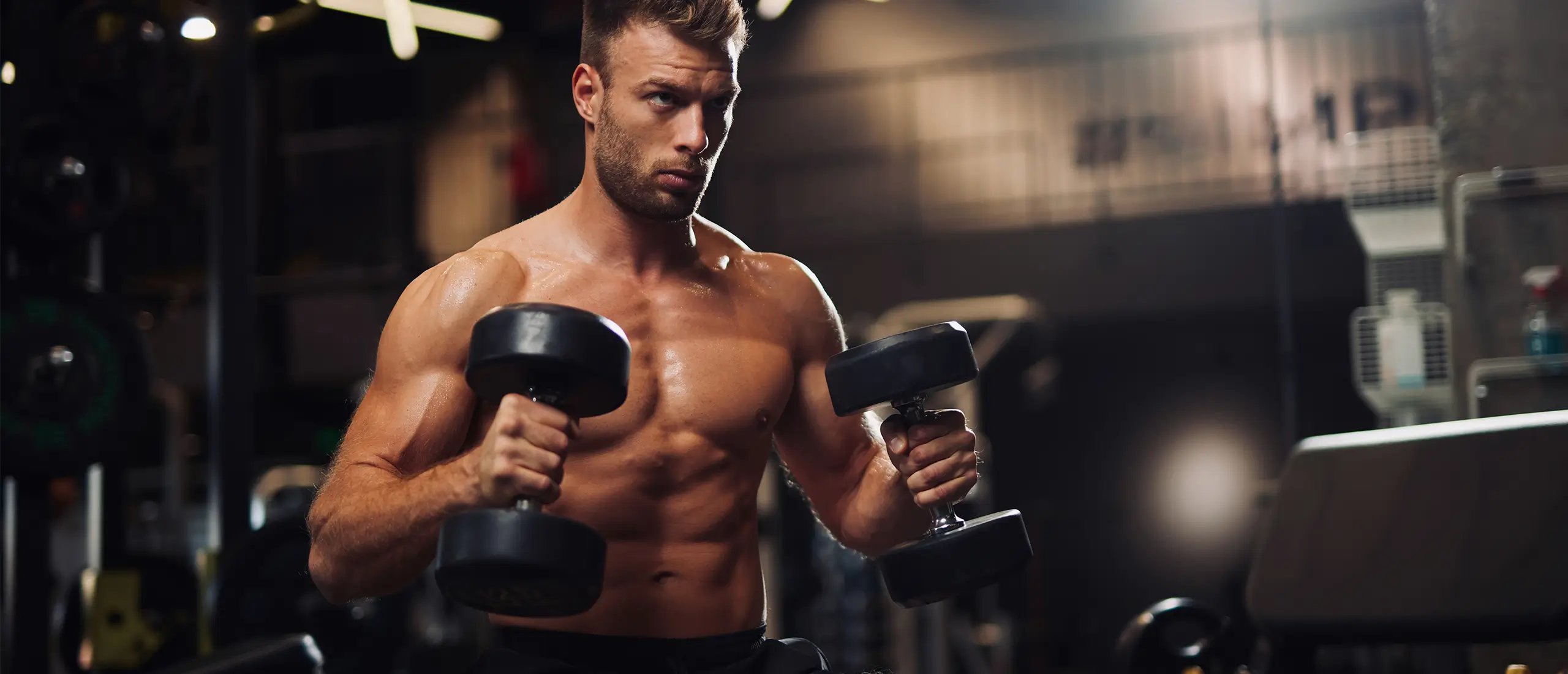
These Two Hammer Curl Mistakes Are Robbing You of Gains
Achieving the perfect bicep pump as you rep out one last curl is a right of passage for most gym goers. But, if you’re looking to pack on mass, hammer curls can level up your bicep regimen and build bigger arms.
if you aren’t doing them right, say goodbye to gains.
In her latest Instagram post, trainer Alexandra Redmond, CPT, shares the top two hammer curl mistakes people make.
.
Here’s how to fix them, and everything else you need to know to make the most of this move.
Hammer Curls Muscles Worked
A curl is a curl, right? Wrong.
Bicep curls and hammer curls complement each other by working different parts of the arm. Because bicep curls use an underhand grip, they target the peak of your bicep (because of increased activation of the short head of the biceps brachii) (1).
With a hammer curl, switching from an underhand grip to a neutral grip (palms facing inward), you shift more of the work to the long head of the biceps brachii, the brachialis (the outside of your bicep), and brachioradialis (forearm).
When executed correctly, hammer curls can help increase the thickness and overall development and strength of the arm and forearm.
How to Do a Hammer Curl With Perfect Form
While hammer curls look simple, there’s more to it than just rotating your hand 90 degrees. Here’s how to do it.
- Start by standing with your legs straight with a slight bend at the knee. Align knees under your hips. Hold arms at your side with a dumbbell in each hand. Rotate your palms to face your thighs, with your thumbs facing forward, and your shoulders relaxed.
- Keeping your grip neutral, curl the dumbbells up until your thumbs are near your shoulders.
- Pause for one second, holding the dumbbell at the top of the movement.
- Lower the dumbbells with control.
Repeat.
Don’t forget to engage your abs throughout the exercise to prevent movement at the lower back and focus the work on your arms.
If keeping your body stable is too challenging, try performing hammer curls while seated to help keep your shoulders and back stable.
Common Hammer Curl Mistakes to Avoid
By avoiding these common mistakes you can maximize the effectiveness of hammer curls by increasing the chances you’ll activate the right muscles. Plus, you’ll reduce your risk of injury.
Elbows Traveling Too Far Forward
Using your momentum decreases the work on your arms and therefore your ability to build strength with this exercise. Swinging the dumbbells also increases your risk of injury.
Instead, Redmond suggests keeping your elbows locked at your sides and upper arms stable to keep most of the work where you want it—in your biceps, brachialis, and brachioradialis.
Curling Past Active Range of Motion
Redmond also warns against curling the dumbbells too far. This can put stress on your elbow, and takes you past your active range of motion (where your bicep is activated).
Rather than curling until the dumbbell is stacked over your elbow, Redmond recommends stopping when you feel the bicep contract. In this position, you’re making the most of the tension in your bicep. By pausing at peak tension you can increase overall time under tension—a key factor in building muscle.
Benefits of Hammer Curls
Hammer curls work your biceps and then some, which makes them the perfect exercise if you want to target multiple muscles in your arm at once. Here are some of the benefits you can expect from doing them.
Build Muscle Volume
Why you’re here: hammer curls can help provide greater definition and build stronger biceps muscles (1). If you’re interested in increasing the thickness and overall development of the arm and forearm muscles, make it your go-to.
Increase Grip Strength
Since hammer curls work your brachioradialis, doing them regularly can help increase wrist stability and grip strength. This grip strength will directly translate to bigger compound exercises where there’s more of a pronated grip like pull-ups or wide grip pull-downs.
Improve Functional Strength
Functional strength is strength that directly impacts the activities you do outside of your workouts every day. Strong biceps don’t just look good, they also make everyday tasks—like lifting heavy grocery bags, carrying your kids, or closing a door—a lot easier.
References
1. Marcolin, G. et al (2018). Differences in electromyographic activity of the biceps brachii and brachioradialis while performing three variants of curl. https://pubmed.ncbi.nlm.nih.gov/30013836/



